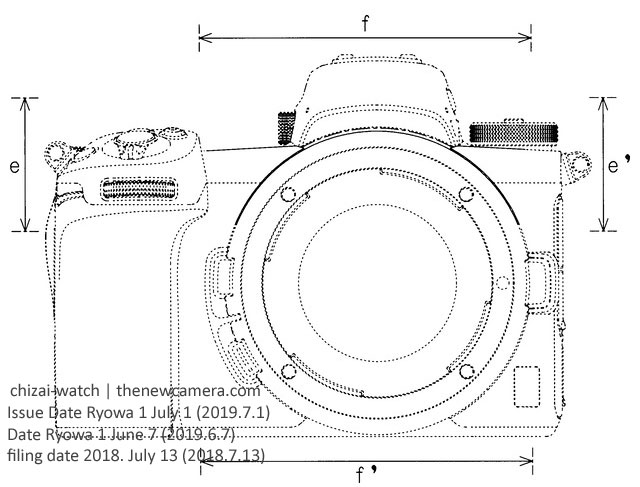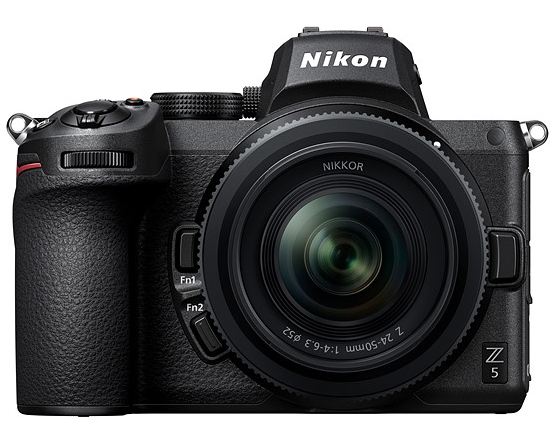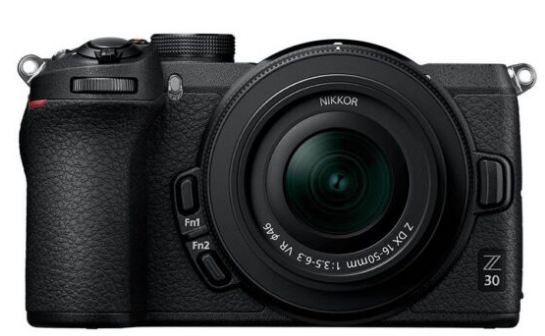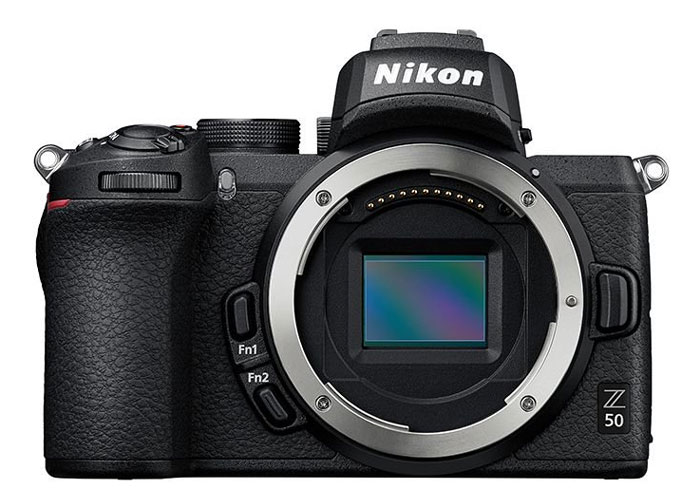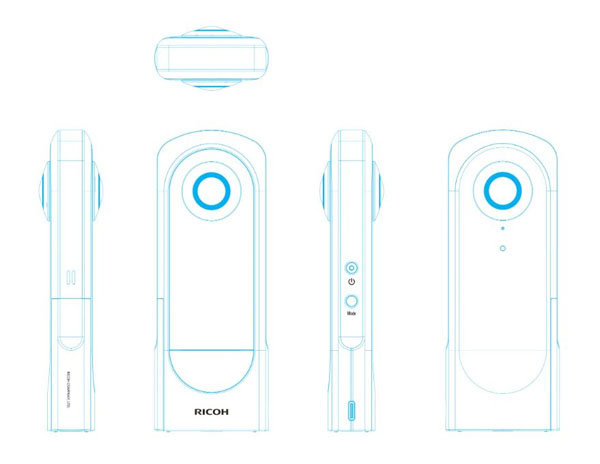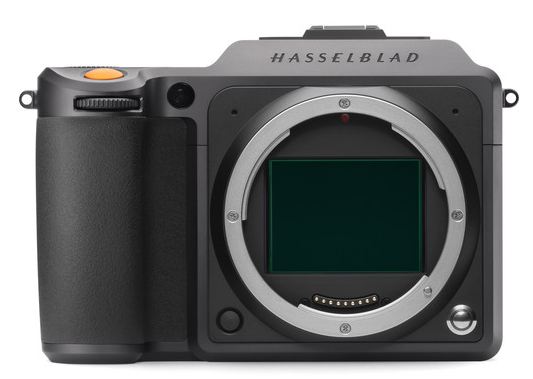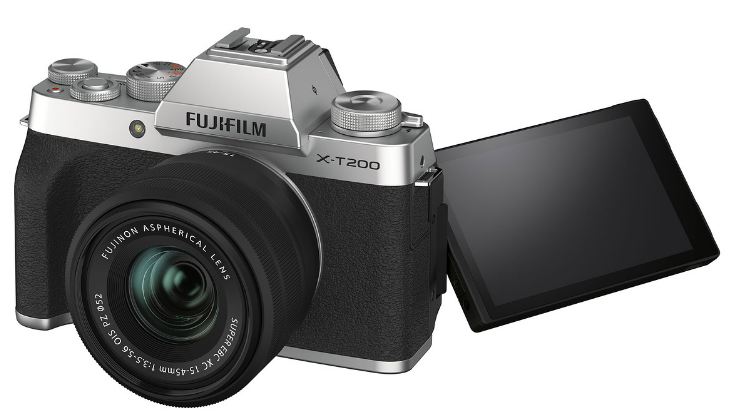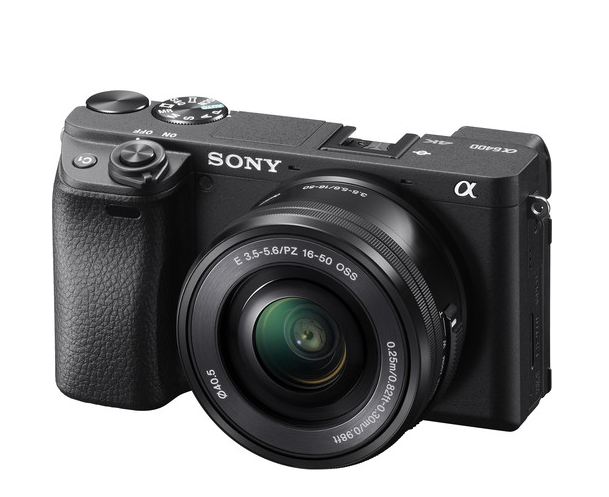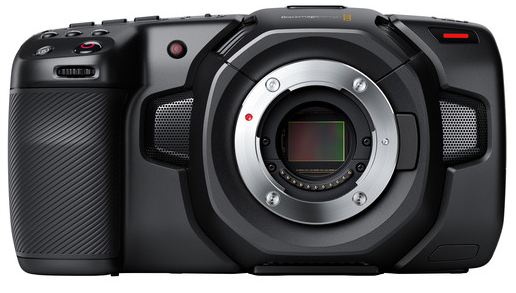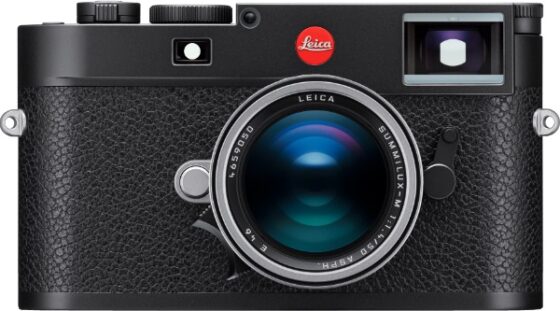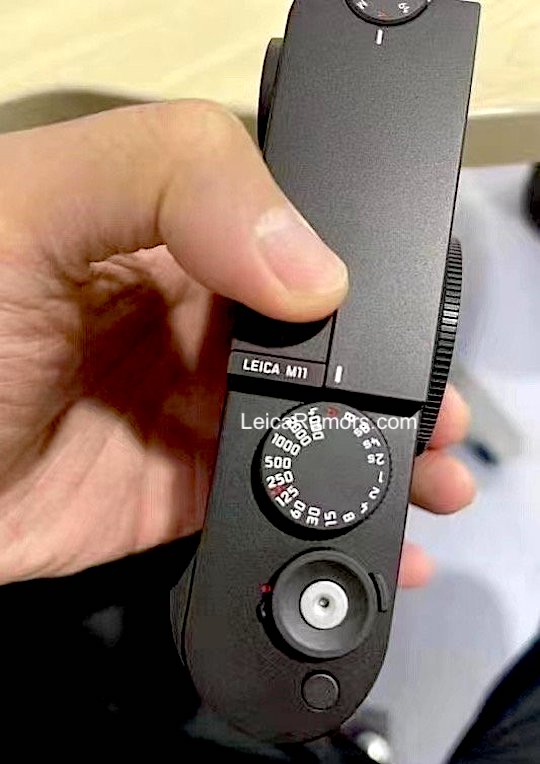List of Top 10 Sony Camera 2022, we have selected some of the best and most popular cameras of Sony in the year 2022. Let’s jump to the Top 10 Best Sony Cameras of 2022.
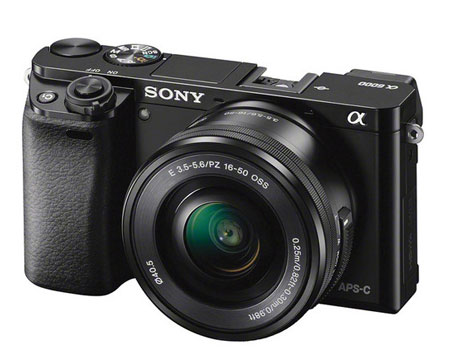
1. Sony A6000
Best Entry-level APS-C Camera at its price segment
Available at Amazon.com | B&H Store
| 24.3MP APS-C Exmor APS HD CMOS Sensor | BIONZ X Image Processor |
| Tru-Finder 0.39″ 1,440k-Dot OLED EVF | 3.0″ 921k-Dot Xtra Fine Tilting LCD |
| Up to 11 fps Shooting and ISO 25600 | Fast Hybrid AF & 179 Phase-Detect Points |
| Full HD 1080p XAVC S Video at 24/60 fps | Multi-Interface Shoe and Built-In Flash |
Sony a6000 is an excellent camera for entry-level shooters at a very affordable price range. With this camera, you are getting a 24 megapixel hybrid CMOS autofocusing sensor with 425 phase-detect autofocus points and a continuous shooting speed of 10 frames per second with an object tracking feature that is not available among its competitors. With this camera, you can also record full HD videos with a full-time face tracking feature. it is one of the best cameras available for entry-level suitors even in 2022 if the stock allows you to buy this camera.
The only known drawback of this camera is the absence of an external microphone port and a tiltable display screen.
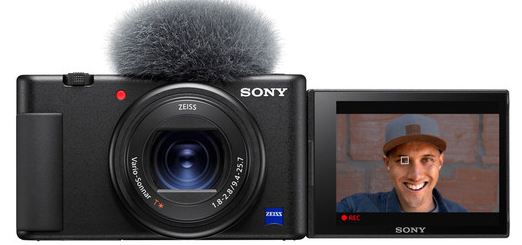
2. Sony ZV-E10
Best APS-C Camera for Vlogging and casual Photography.
Available at Amazon.com | B&H Store
| 24.2MP APS-C Exmor CMOS Sensor | UHD 4K30p and Full HD 120p Video |
| 425-Point Fast Hybrid AF | Up to 11-fps Shooting, ISO 100-32000 |
| Real-Time Eye AF and Tracking | Background Defocus & Face Priority AE |
| Directional 3-Capsule Mic and Windscreen | 3.0″ Side Flip-Out Touchscreen LCD |
Sony ZV E10 camera is Sony’s latest announcement and due to its very high demand most of the time it remains out of the stock at the beginning of 2022. The cameras are designed for bloggers and live content creators. It features a 24 megapixel CMOS sensor with an enhanced autofocusing and tracking mechanism. It features a lot of new Vlogging-friendly features which include background Defocus, faces auto exposure mode as well object showcase mode. The camera also features of very high-quality built-in microphone that will allow you to input professional quality audio inside your video. You can flawlessly record 4K videos for unlimited recording time as well as you will also have gyro-based image stabilization support for getting stable footage inside your camera.
The only known drawback of this camera is the use of the previous generation 24mp sensor and due to old sensor tech sometimes you may see a rolling shutter effect while having a quick panning movement with your camera while recording 4K videos. In full HD recording, the effect is less scene and noticeable.
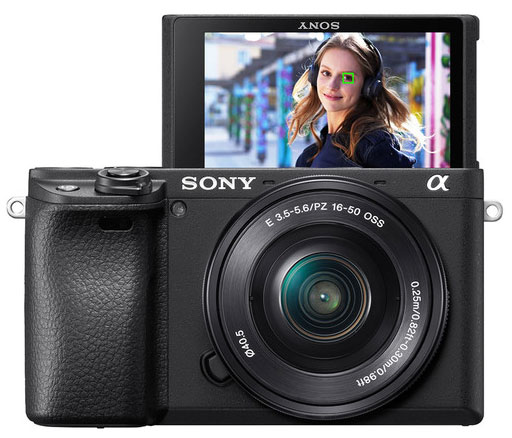
3. Sony A6400
Best Camera for Wedding Cinematography and Photography Under budget
Available at Amazon.com and B&H Store
| 24.2MP APS-C Exmor CMOS Sensor | BIONZ X Image Processor |
| Real-Time Eye AF & Real-Time Tracking | 425 Phase- & Contrast-Detect AF Points |
| Up to 11 fps Shooting and ISO 102400 | Internal UHD 4K Video, S-Log3, and HLG |
| 3.0″ 921.6k-Dot 180° Tilting Touchscreen | XGA Tru-Finder 2.36m-Dot OLED EVF |
Even in 2022 Sony a6400 camera is the best choice for Wedding cinematographers as well as casual photographers. The question is why you should buy the Sony a6400 camera instead of the Sony ZV E10 camera. The big reason behind that is the weather selling, which allows you to use this camera anywhere irrespective of the environmental condition you are facing. So if you don’t create YouTube content and you are a photographer or a wedding cinematographer then it would be better to buy a Sony a6400 camera instead of a Sony ZV E10.
The known drawback of the Sony a6400 camera compared to Sone ZV E10 is the lack of dedicated autofocus mode for vloggers as well as the absence of a high-quality internal microphone.

4. Sony A7 III
Best Entry Level Fullframe Camera for Semi-pro Users
Available at Amazon.com | B&H Store
| 24MP Full-Frame Exmor R BSI CMOS Sensor | BIONZ X Image Processor & Front-End LSI |
| 693-Point Hybrid AF System | ISO 204800 and 10 fps Shooting |
| 5-Axis SteadyShot INSIDE Stabilization | UHD 4K30p Video with HLG & S-Log3 Gammas |
| 2.36m-Dot Tru-Finder OLED EVF | 3.0″ 922k-Dot Tilting Touchscreen LCD |
| Built-In Wi-Fi and NFC, Dual SD Slots | USB Type-C Port, Weather-Sealed Design |
Sony A7 III camera is still one of the best choices among photographers in the year 2022 at its price range. With a dual card slot, class-leading 24-megapixel full-frame sensor, and a very enhanced autofocus tracking mechanism the A7 III camera was the best choice for semi-pro in 2021, and still in 2022 camera specs are best in its price range. The Sony a7 III camera also features a built-in image stabilization system and you have a lot of options to use third-party lenses from Sigma, Tamron, and Samyang.
The only known drawback of the Sony A7 III camera is its tilting display screen.
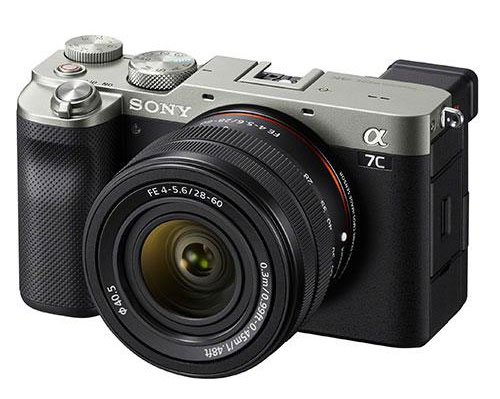
5. Sony A7C
Best Camera for professional Vlogging Purpose and Casual Clicks
Available at Amazon.com and B&H Store
| 24.2MP Full-Frame Exmor R BSI Sensor | BIONZ X Image Processor |
| UHD 4K30p Video with HLG & S-Log3 Gammas | 693-Point Hybrid AF System |
| 2.36m-Dot OLED Electronic Viewfinder | 5-Axis In-Body Image Stabilization |
| Shooting Up to 10 fps, ISO 50-204800 | Bluetooth and Wi-Fi Connectivity |
Sony A7C best professional blogging full-frame camera of 2022. Sony A7 C is one of the most popular cameras among professional YouTube content creators in the world. The camera is very lightweight, compact, and features a 24 MP BSI full-frame sensor for high-quality 4K video output. The camera is optimized for video recording and you will also get a gyro-based image stabilization system which is not available inside the a73. Overall the camera is designed for professional vloggers.
The known drawback of the Sony a7C camera is fewer controls in the body and a single card slot.
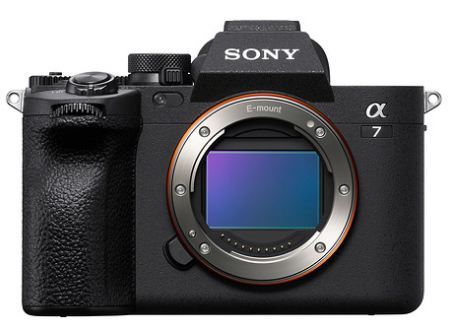
6. Sony A7 IV
Best Camera for Professional Wedding Photography and Professional Wedding cinematography
Available at Amazon.com | B&H Store
Best Lenses for Sony A7 IV Camera
| 33MP Full-Frame Exmor R CMOS Sensor | Up to 10 fps Shooting, ISO 100-51200 |
| 4K 60p Video in 10-Bit, S-Cinetone | 759-Pt. Fast Hybrid AF, Real-time Eye AF |
| 5-Axis SteadyShot Image Stabilization | Creative Looks and Soft Skin Effect |
| 3″ 1.03m-Dot Vari-Angle Touchscreen LCD | 3.68m-Dot EVF with 120 fps Refresh Rate |
Sony A7 IV camera features are newly developed 33 megapixels BSI stacked CMOS sensor with 10 frames per second continuous shooting speed and inbuilt 5.5 stops sensor-shift image stabilization system. The camera records 7k videos and then downsamples it to 4, very high quality 4K footage from the Sony A7 IV camera without a doubt.
For photographers is very important to note that you will be getting an s-sinetone with the new Sony A7 IV camera which was previously limited to Sony A7 S3 only. Portrait photographers specifically those you are coming from Canon will love there as S-cinetone picture profile while shooting portraits with their A74 camera. Sony A74 is one of the best cameras that your money can buy in the year 2022. Highly Recommended for wedding photographers, Landscape shooters, and Vloggers too.
Drawback NA
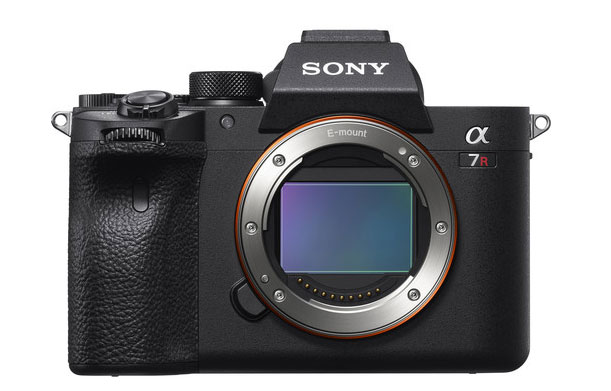
7. Sony A7R IVA
Best Camera for Professional Stuidographers
Available at Amazon.com | B&H Store
| 61MP Full-Frame Exmor R BSI CMOS Sensor | BIONZ X Image Processor & Front-End LSI |
| 567-Point Phase-Detection AF System | UHD 4K30p Video with HLG & S-Log3 Gammas |
| Up to 10 fps Shooting, ISO 100-32000 | 5-Axis SteadyShot INSIDE Stabilization |
| 240MP Pixel Shift Multi Shooting | 5.76m-Dot Tru-Finder OLED EVF |
| 3.0″ 2.36m-Dot Tilting Touchscreen LCD | Bluetooth & Wi-Fi, Dual UHS-II SD Slots |
Sony A7R IVA one of the best high-resolution full-frame mirrorless cameras available right now is Sony a7r IVA. The camera features a 61-megapixel full-frame CMOS sensor powered by a beyond x image processor. You will get an enormous amount of details in Each and every image when paired with high-quality G master lenses. The camera can also suit continuous shooting up to 10 frames per second and also features a 5 Axis built-in image stabilization system. With the help of an image stabilization system, the camera can also create high-resolution files up to 240 megapixels. If you are a professional wedding photographer or a landscape shooter you should buy this camera if possible. Sony a7r 4A is undoubtedly one of the best high-resolution full-frame cameras ever built for a professional photographer.
The only known drawback of the Sony a7R 4 camera is the old menu and navigation system.
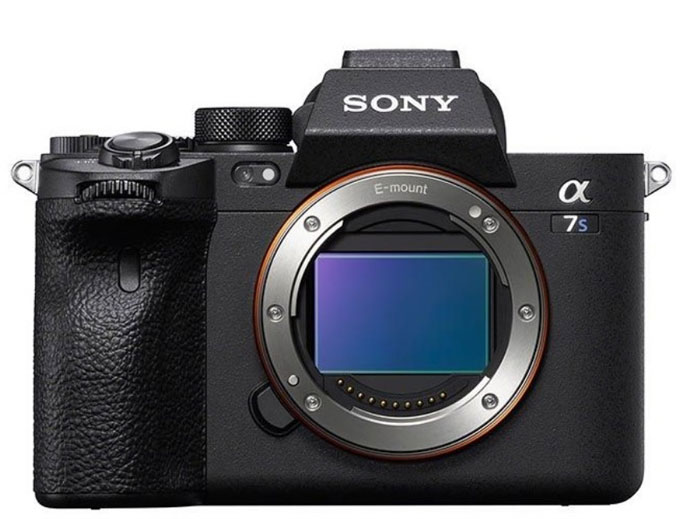
8. Sony A7S III
Low Light King of 2022
Available at Amazon.com and B&H Store
Sony A7S III is a lowlight king, the best camera I have ever used to create perfect cinematic videos and vlogs. The low-light performance of the camera is upscale with the help of the native Dual ISO feature which kicks in from ISO 10000. Definitely not a perfect camera for recomposition after the shot is done, but yet the most powerful low-light machine you can have in the year 2022.
No Rolling shutter issue, The AF is class-leading, New Menu System and introduction of S-Cinetone, Low-Light performance is insane … Best camera your money can buy. I highly recommend you if you professional photographer, cinematographer, or Vlogger, and lover to create high-quality content in low light then for sure the Sony A7S III camera is made for you.
Drawback Limited 12MP Sensor | Not suitable for those who love recomposition after shot.

9. Sony A9 II
Perfect Camera if you do weddings, sports, and wildlife all-together
Available at Amazon.com | B&H Store.
| 24.2MP Full-Frame Exmor RS CMOS Sensor | BIONZ X Image Processor & Front-End LSI |
| 693-Point Phase-Detection AF System | Up to 20 fps Shooting, ISO 100-204800 |
| UHD 4K30p Video, Real-Time Eye AF | Blackout-Free Quad-VGA 3.7m-Dot OLED EVF |
| 3.0″ 1.44m-Dot Tilting Touchscreen LCD | 5-Axis SteadyShot INSIDE Stabilization |
| Dual UHS-II SD Card Slots, Voice Memos | 5 GHz Wi-Fi, 1000BASE-T Ethernet |
The highest-rated Sony Camera of all time, If you love speed then for sure the A9 II is made for you. A Single Sony camera that’s perfect for weddings, sports, and wildlife. The 20 fps continuous shooting speed is super fast and with the help of a 20 MP full-frame stacked CMOS sensor your every frame is rolling shutter free. Usable ISO up to ISO 3200 and AF tracking is tremendous. Actually while using this camera Sont tagline came to my mind – LIKE NO OTHER. The Eye-AF is miles ahead of the competition, and being selectable between humans and animals makes it great for taking nature photos. It’s $2k cheaper than the A1 (Save that money and get yourself Gmaster Lenses. You’ll thank me later.).
Drawback: Sony Old-menu system
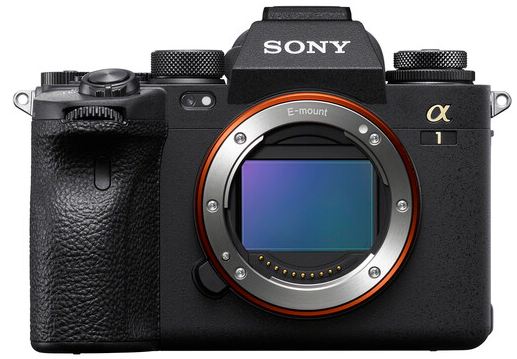
10. Sony Alpha A1
Sony Flagship Camera
Available at Amazon.com | B&H Store
| 50MP Full-Frame Exmor RS BSI CMOS Sensor | Up to 30 fps Shooting, ISO 50-102400 |
| 8K 30p and 4K 120p Video in 10-Bit | 4.3K 16-Bit Raw Video Output, S-Cinetone |
| 9.44m-Dot EVF with 240 fps Refresh Rate | 759-Pt. Fast Hybrid AF, Real-time Eye AF |
| 5-Axis SteadyShot Image Stabilization | Dual Drive Mech. Shutter, 1/400 Sec Sync |
| 5 GHz MIMO Wi-Fi, 1000BASE-T Ethernet | Dual CFexpress Type A/SD Card Slots |
Speed and Resolution – A Perfect Fusion of Sony A7R and A9 Series camera or even better than both. Recent tests and reviews from pros already proved that the Sony Alpha A1 flagship is better than Nikon Z9 and Canon EOS R3. The Z9 already underperforms in DR using N-Log, not much you can push and pull even when shooting in internal ProRes. The R3 is great, but 4k 120 isn’t as good, its DR for photos is slightly behind when you push and pull the image. DXOmark can say otherwise, but when you test the files the A1 still leads. Also, the R3 has a lower megapixel count by half compared to the A1 and is much bigger and heavier. Megapixels aren’t everything of course, but the fact that this camera can pretty much do everything the R3 does with a higher-performing sensor is a plus. Possibly the best camera out in 2021 and the beginning of 2022.
Drawback: High Price

